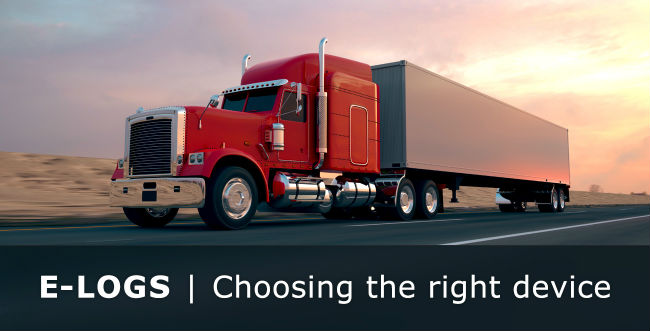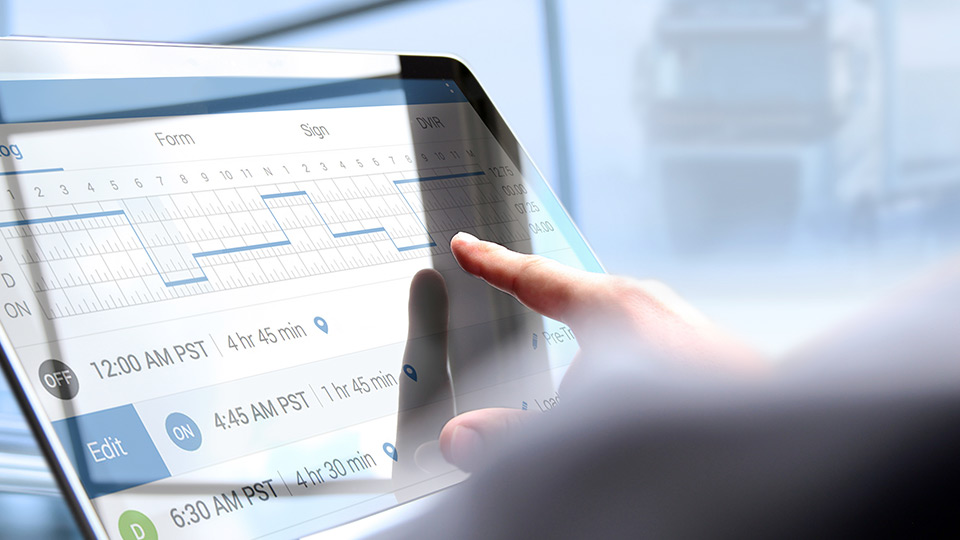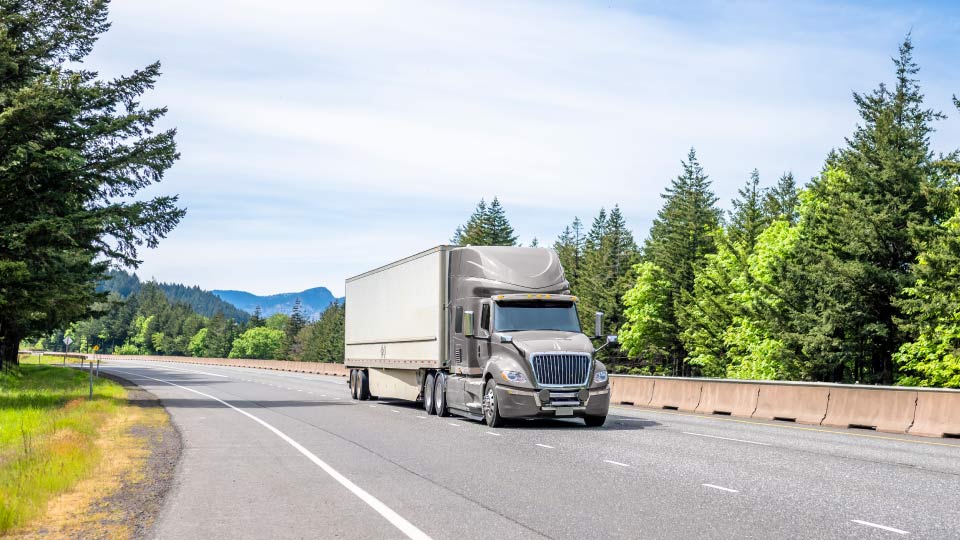
Nothing installed wrong can work right
Last updated on December 27, 2023 in Compliance by Geotab | 2 minute read
Table of contents
A Geotab expert installer explains the importance of proper aftermarket installation, as shown by real-life case examples.
Many of us have heard stories of new vehicle owners being told their warranty was denied or voided altogether due to the installation of aftermarket parts. Some car dealers will try this even when there is no reasonable case for it by saying the aftermarket part caused the damage which is why the warranty is no longer in effect. In these situations, the vehicle owner is informed that he / she needs to pay for the repairs out of their own pocket.
As vehicle owners, however, you must be prepared in the case that a service department attempts to make this claim. You should always refer back to the Magnuson-Moss Warranty Act of 1975 that states that a dealer must provide proof that the aftermarket part was the cause for the failure before they can deny any warranty coverage. In many cases the mere mention of the Magnuson-Moss act is enough to make a dealer back down from their original position.
In other cases, it is not a matter of the warranty at all, but more about liability and proper installation of the product.
See also: Planning is the key to telematics installation: Spotlight on Greg Foley
Example: Radio installation causes issues in backhoes
Several years ago I was asked to investigate a damage claim caused by an installer. What I discovered was a situation where a simple mistake followed by a misdiagnoses became the cause of a bigger problem. AM/FM radios were installed in three brand new backhoes. After the installations were completed, an intermittent set of driveability problems began with the each of the backhoes. At times they would not go into gear and could not be moved. Sometimes the problem would just disappear.
The mechanic who was working on the units diagnosed a failed electronic gear selector and ordered three expensive parts and proceeded to replace them all. When the problem did not go away, he decided to take a break and tried to call the radio installer. Coincidentally, the radios in each backhoe were also showing signs of intermittent behaviour, which the mechanic who diagnosed the driveability issue had overlooked as it was ‘not his problem.’ The installer returned to fix the problem and ‘mysteriously’ all the problems went away.
I became involved when the company I worked for was presented with a substantial bill for parts and labor, so I went to investigate the cause. Ultimately, what I discovered was that during the radio installation the installer took a shortcut. Instead of going to a known good chassis ground, he used a wire he found which tested as ground. In reviewing the schematics, we discovered that the wire was actually the control wire for the parking brake system. Now, the backhoes were designed with a built-in failsafe which would not allow the gear sector to engage with the parking brake applied. It became clear, turning on the radio placed enough of a draw on the line that when the radio was on it activated the parking brake relay, once the relay was active the electronic gear selector went offline.
The mechanic insisted that the electronic gear selectors had been damaged and could no longer be used and that we would have to pay for the replacements and the labor. So we took the parts and went on our way the next day to try to figure out the root cause. A few days later I contacted a company selling the same type of equipment to try and resolve the issue. Their mechanic and I plugged each of the electronic gear selectors into another new backhoe, all three worked perfectly. Armed with all the facts I returned to the equipment dealer and presented my case, we still paid for the mechanic’s time but the parts were returned.
The moral of the story is that proper installation is paramount in the aftermarket industry - nothing installed wrong can work right.
Installations performed by a qualified installation technician who follows the guidelines not only ensures that the product will perform properly and last for years, but also it can prevent problems like the one previously described and lessen your risks of damage claims being made in the first place.
Contact an Authorized Geotab Installer for your telematics installation needs by visiting: https://www.geotab.com/installation-documentation/
If you liked this post, let us know!
Post Tags
Geotab
Geotab team
Disclaimer
Geotab's blog posts are intended to provide information and encourage discussion on topics of interest to the telematics community at large. Geotab is not providing technical, professional or legal advice through these blog posts. While every effort has been made to ensure the information in this blog post is timely and accurate, errors and omissions may occur, and the information presented here may become out-of-date with the passage of time.
Get industry tips and insights
Sign up for monthly news and tips from our award-winning fleet management blog. You can unsubscribe at any time.
Republish this article for free
Other posts you might like

Electronic logs: unlocking the benefits for trucking
April 15, 2024

Electronic Logbooks: Mandates, Compliance, & Implementation
April 15, 2024

ELD self-certification: What you need to know
April 10, 2024

The Impact of the California Clean Truck Check on Your Fleet
March 27, 2024





